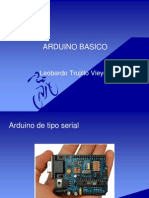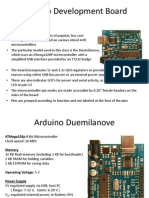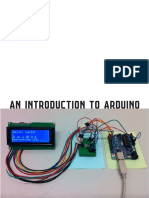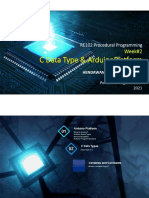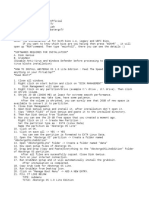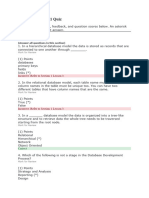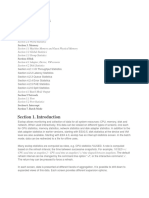0% found this document useful (0 votes)
32 views20 pagesLecture 3 Architecture
The document discusses the architecture of the ATmega328 microcontroller used on the Arduino Uno board. It describes the microcontroller's memory organization, CPU, I/O ports, and how programs are structured in Arduino using setup() and loop() functions.
Uploaded by
mythemyaseen6Copyright
© © All Rights Reserved
We take content rights seriously. If you suspect this is your content, claim it here.
Available Formats
Download as PDF, TXT or read online on Scribd
0% found this document useful (0 votes)
32 views20 pagesLecture 3 Architecture
The document discusses the architecture of the ATmega328 microcontroller used on the Arduino Uno board. It describes the microcontroller's memory organization, CPU, I/O ports, and how programs are structured in Arduino using setup() and loop() functions.
Uploaded by
mythemyaseen6Copyright
© © All Rights Reserved
We take content rights seriously. If you suspect this is your content, claim it here.
Available Formats
Download as PDF, TXT or read online on Scribd
/ 20








